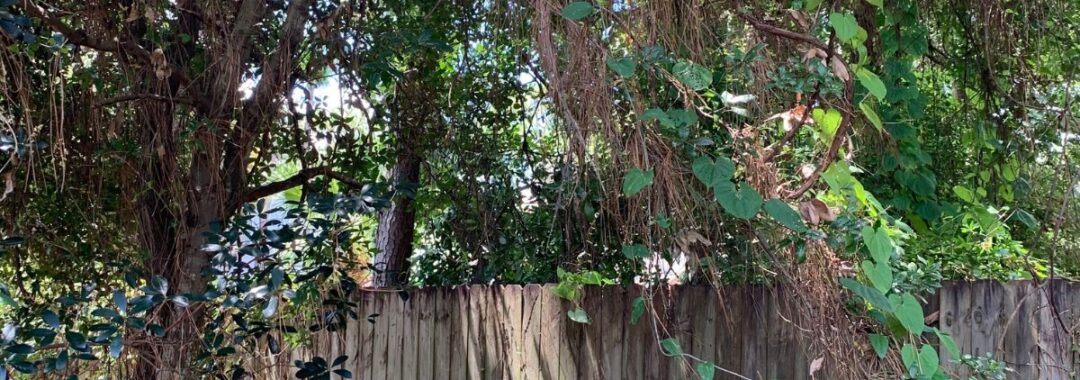Whether you’re a seasoned property owner or new to managing properties with trees, you may have questions regarding many aspects of tree care. One question our team at New Leaf Arboriculture frequently receives involves whether or not a client should worry about vines growing on trees.
At New Leaf Arboriculture, we help our clients make informed decisions about their property’s tree care. In this blog, we cover everything you need to know about vines growing on trees, including what types of vines typically grow, why they’re hazardous, and more.
To learn more about tree care and vine removal, keep reading our blog or reach out to Destin’s tree service professionals today.
How Do Vines Grow On Trees?
One of the biggest things our clients want to know is how vine growth on trees occurs. Most vine species spread through birds, who eat the vine’s berries and travel.
Without structures to attach to and climb, many vine species grow as shrubs, hedges, or groundcover. In some cases, these visually appealing forms become why people transport native plants to new regions, making them invasive.
What Types of Vines Grow On Trees?
Most vines are invasive species introduced to North America from other regions worldwide. Kudzu, for example, originates from regions of South East Asia. Other types of vines include:
- English ivy
- Virginia creeper
- Winter creeper
- Poison ivy
- Poison oak
- Honeysuckle
- Wisteria
- And more
To know which vines grow on your property’s trees, reach out to a certified arborist or tree care expert in your area before handling or attempting removal. Some vines contain irritating chemicals which could cause rashes or other skin issues.
Why Are Vines Hazardous To Trees
Vines attach to trees through special “hairs.” When these hairs fix onto a tree trunk, they can pull at and damage the bark, weakening the tree’s defense systems. Heavier vines can also wrap around limbs and cause structural damage to the tree, exposing it to disease and pest infestations.
Over time, vines growing on trees can become so heavy or tight that they restrict the tree’s growth, compromising the natural strengths of the tree. Additionally, foliage from vines can become so dense that it disrupts the tree’s photosynthesis process, depriving it of sunlight and nutrients.
DIY vs. Professional Vine Removal
Many property owners assume they can tackle tree vine infestations using standard tools and remedies. In truth, using chemicals and damaging tools to remove vines can harm mature trees.
As mentioned above, some vines may contain harmful or irritating chemical compounds. For this reason, we recommend relying on professionals for safe and effective vine removal.
Affordable Tree Care Services
If you have vines growing on trees on your property, make sure the vines don’t compromise the health of your trees. Worth with trained tree professionals and certified arborists to safely remove vines and keep your trees healthy and thriving year-round.
Keep browsing our blog for more information on subjects like root fertilization for trees and more. To get started with in-depth tree care, schedule your consultation with our New Leaf Arboriculture team by calling 850-603-1411 today.
